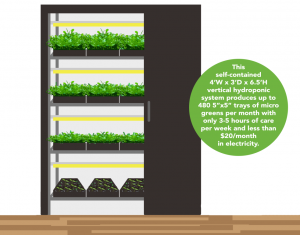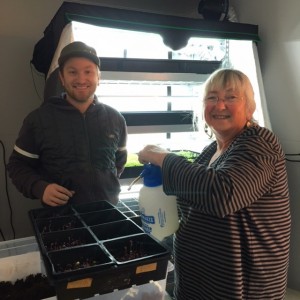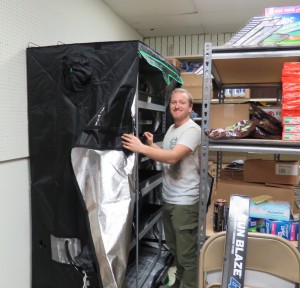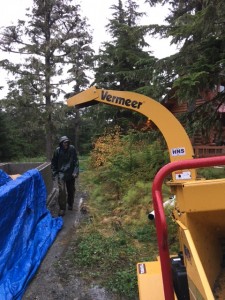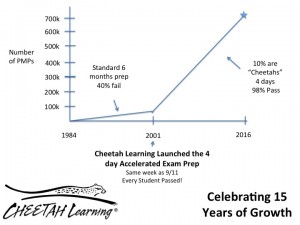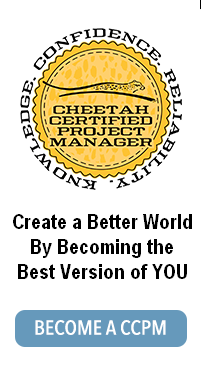High Performing Business – Strategy – Reframing Complaints
Sunday, October 9th, 2016Muchelle LaBrosse, CCPM, PMP, PMI-ACP, RYT

Feeling buffaloed by the current divisive political climate? Learning how to reframe complaints can over ride reptilian survival response patterns.
In 2003 I met a fascinating neighbor. He had taken the summer leap from his main stream existence in the lower 48. He was in Alaska being a river guide and was living with a friend on a lot across the road from my new place in Alaska. We met one day when he stopped by to see if he could use our scrap lumber as he wanted to experience living in a tree house for the summer.
Several weeks later we were sharing what we did and he said “I’m into consciousness and learning.” We’ve stayed in touch – he now runs a thriving somatic psychology counseling practice and teaches at a university on a topic he calls “embodied agency.” It’s about managing your physiological responses to stress so you can behave with more conscious clarity to your day to day challenges. He does a lot of work with Police departments. I’m very glad he exists and I’ve learned much from him over the years.
He recently cured himself of brain cancer, after removal of the tumor, by adopting a ketogenic diet and using Rick Simpson oil. I wrote about this on the blog at the time as this is a topic near and dear to my heart. I shared what he did with a friend who was recently diagnosed with late stage lung cancer. He gave it a shot and for a month while the conventional docs were busy lining up tests to evaluate what if anything they could do, he went from a terminal to a curable diagnosis. Being open minded is healing while being close minded can literally kill you.
We recently had a local election here to elect two new assembly members. A six person assembly runs the town. The local paper was filled with editorial and advertorial copy about the six candidates running for the two open assembly seats. The senior owner of one of the larger construction companies in town took out an ad that disparaged half the town by calling the part of town where I live the “Mud Bay Liberals.” He accused this group of ruining the town.
Being of the “thinking” class, I wondered the efficacy of vilifying half the town with what he considers a derogatory label especially when you run a business that serves all of the town? I did not even see his ad until after the election where the two from our neighborhood won by a large margin – 45% of the population showed up to vote in this election. My “liberal” hippie side of the tracks typically shows up to vote in most elections. Personally I consider myself a capitalistic conservative liberal Buddhist catholic yoga teacher. Many of my neighbors have similar multidimensional approaches to their existence as well. Classifying us as “Mud Bay Liberals,” to rally people to show up to vote for his preferred candidate kind of back fired as it had inspired all those he had vilified to come out to vote. (I had already voted by absentee ballot but he sure fired up the rest of my neighbors). The “Mud Bay Liberal” candidates won by a landslide.
So what is the point of all of this? Ive been observing my own phsyiologic response to the divisiveness of our political climate these days. I get a visceral reaction to people’s disdain over this or that candidate whether it be in the local elections in my town or the larger national election. I started noticing myself complaining more as well and overall becoming more and more frustrated with events in my own life. Instead of being open minded and exploratory, I shut down and join in the divisiveness. I’ve also noticed it’s taking longer for minor cuts and bruises to heal on my body. The stress is starting to impact my body’s ability to heal.
I’ve decided to put the breaks on this and apply what I’ve learned from my Somatic psychology friend about “embodied agency.” I can take charge by reducing the stress in the first place by using a reframing technique to help me put my pre frontal cortex back in charge of my life rather than be ruled by my more stress inducing reptilian brain – you enemy me scared brain. After all how successful can I be with my overall strategy of your success is my success when I have categorized an us vs them approach to existence where I only succeed when the “them” fails? Kind of hoses my whole strategic imperative of your success is my success.
Ineffective complaining hurts the performance of my brain. So I’ve decided to master the art of effective complaining. I am only allowing myself 12 complaints a day in areas where I can make changes by reframing my approach to the issues of the day. There are four areas I’ve noticed the majority of my complaints – my business, my friends & family, my projects, and myself. Each of these areas is allowed 3 complaints per day and for each complaint, I am identifying three possible remedies. This way I shift from the reptilian helpless and hopeless response pattern to using my prefrontal cortex to develop creative empowered approaches to address these opportunities masquerading as complaints.
I want back in charge of this brain I’ve grown to love and adore. By finding the gold nugget opportunity in the malaise of the moment I condition this to be the silver lining of every complaint.
